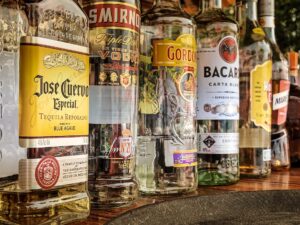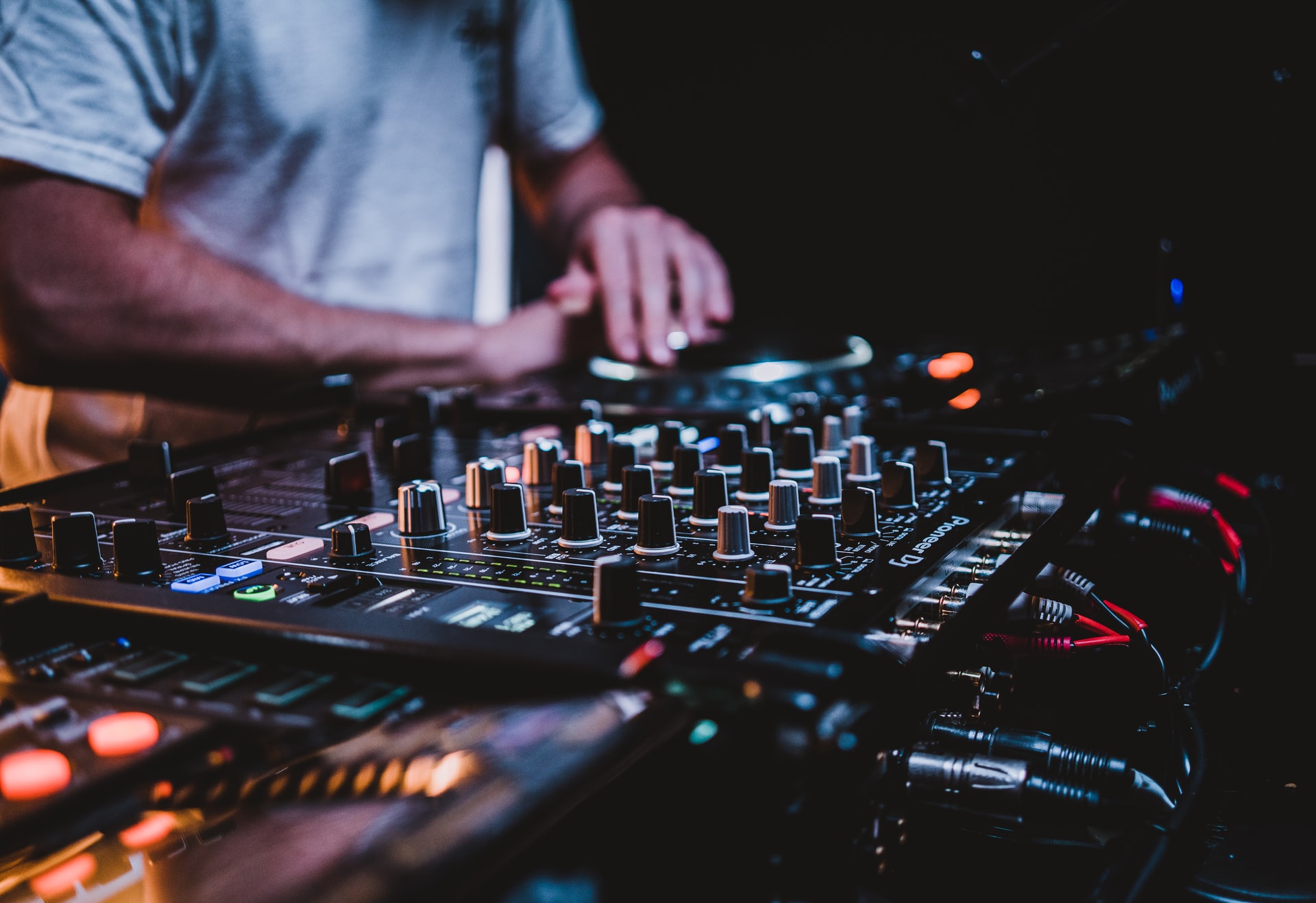Nightlife in the Riviera comes back to life as soon as the sun goes down. The same happens in the capital, Ciudad de Mexico, in case you want to tour deep in the country and discover more of what is home to the coastline with the best beaches, we’ve brought some recommendations for you on Tequila, coffee and bars to visit.
Here, cafes, bars and cantinas are all key social venues on the capital’s landscape. The traditional watering holes are, of course, cantinas – no-nonsense places with simple tables, long polished bars and old-school waiters. A humbler kind of drinking establishment is the pulquería, which serve pulque, while mezcal, the rustic mother of tequila, is being taken back by Mexican youth.
Coffee
Good coffee is finally commonplace in the Roma and Condesa neighbourhoods, though expect foreign prices. Almond and soy milk are standard options for lattes brewed from arabica beans from Veracruz.
Bars & Clubs
Zona Rosa (the ‘Pink Zone’), an international party center, boasts a high concentration of bars and clubs, and prices reflect its tourist orientation. Amberes is one of two of the city’s gay and lesbian bar and club hubs (along with El Centro), catering to all budgets. Condesa’s bar scene continues to thrive, and new places are popping up (and shutting down) all the time. The most popular places are filled beyond capacity Thursday through Saturday evenings. The confluence of Avenidas Tamaulipas and Nuevo León has emerged as a major bar zone, earning it a reputation as a haven for fresas (literally ‘strawberries’; a derogatory term for upper-class youth).
Though not as cutting-edge as Roma and Condesa, well-heeled Polanco gets quite lively after dark.
The capital’s thriving club scene has become an obligatory stop on the international DJ circuit. To find out what’s going on, pick up flyers at Condesa’s Salón Malafama. The city’s many dance aficionados have a circuit of clubs and salones de baile (dance halls) to choose from. Cuban dance clubs abound in Roma, particularly near the intersection of Avenida Insurgentes and Medellín. At many clubs it’s customary to go in a group and share a bottle of rum or tequila (from around M$600, including mixers).
Mexico City has banned smoking inside bars, though many establishments provide open-air smoking areas.
The Mezcal & Pulque Renaissance

In recent years the agave-based Mexican liquor mezcal, long thought of as just a poor rustic relative to tequila, has finally won the respect it deserves. Many bars around Mexico City now serve mezcal to the new breed of discerning aficionados.
A humbler kind of drinking establishment rooted in ancient Mexican tradition is the pulquería, which serves pulque (a pre-Hispanic, fermented alcoholic beverage). These places have also been experiencing a resurgence, with young chilangos rediscovering the joys of sharing a pitcher of the milky quaff.
Some bars and restaurants (particularly in popular locations such as Cancun, Playa del Carmen, and other areas of the Yucatan Peninsula) have been caught serving unregulated and potentially dangerous liquor to guests, including fake tequila.
When ordering a drink, make sure you can see what is being made and check that the brands are reputable.
Many people partake in Mexico’s national drink, but check that it’s 100% agave. Mexico takes its tequila very seriously and there is a regulatory council which oversees tequila standards in production and sales. By law, authentic tequila is only produced in five Mexican states – Jalisco and designated towns in Guanajuato, Nayarit, Michoacan and Tamaulipas.
Créditos de imagen: Photo by Dean Machala on Unsplash.


